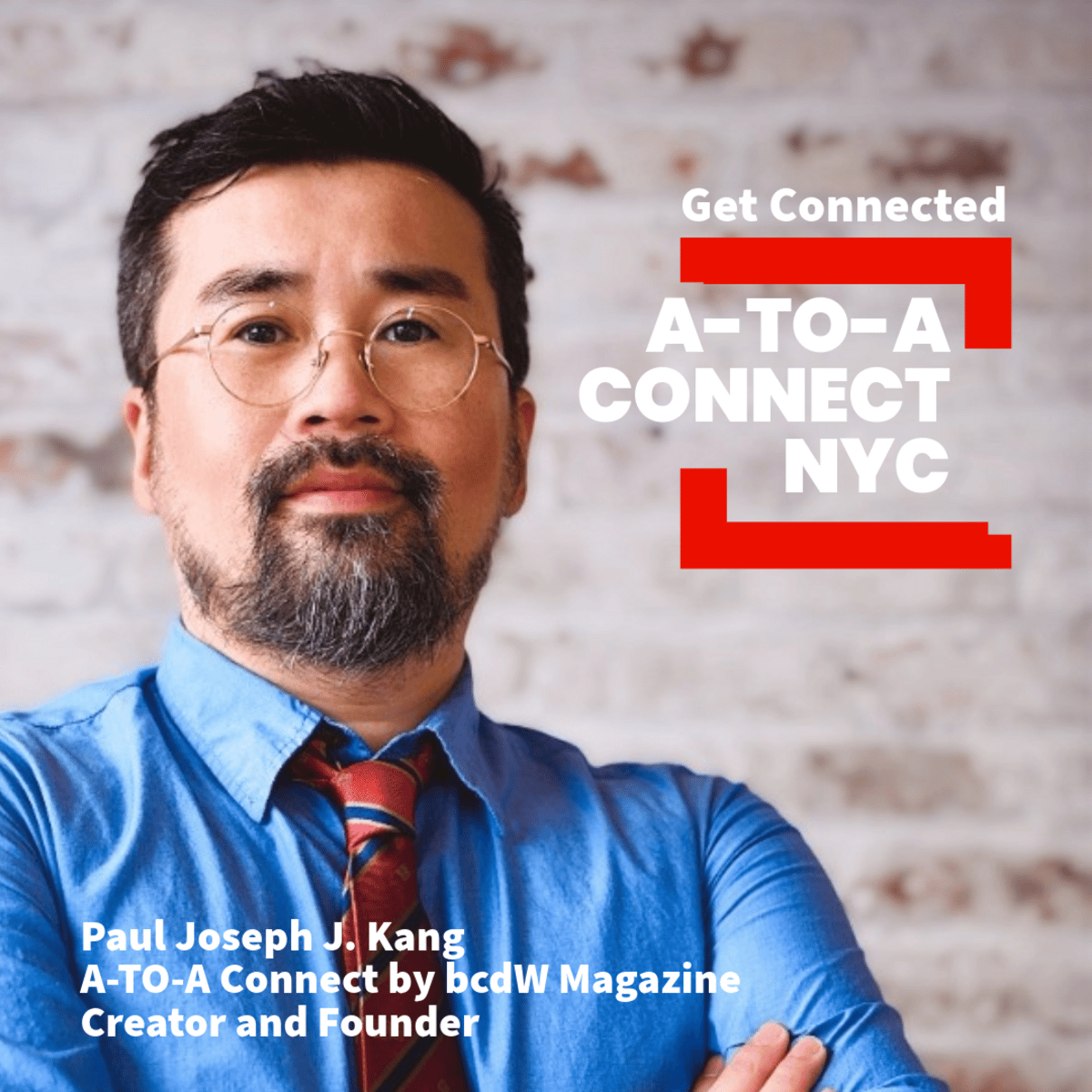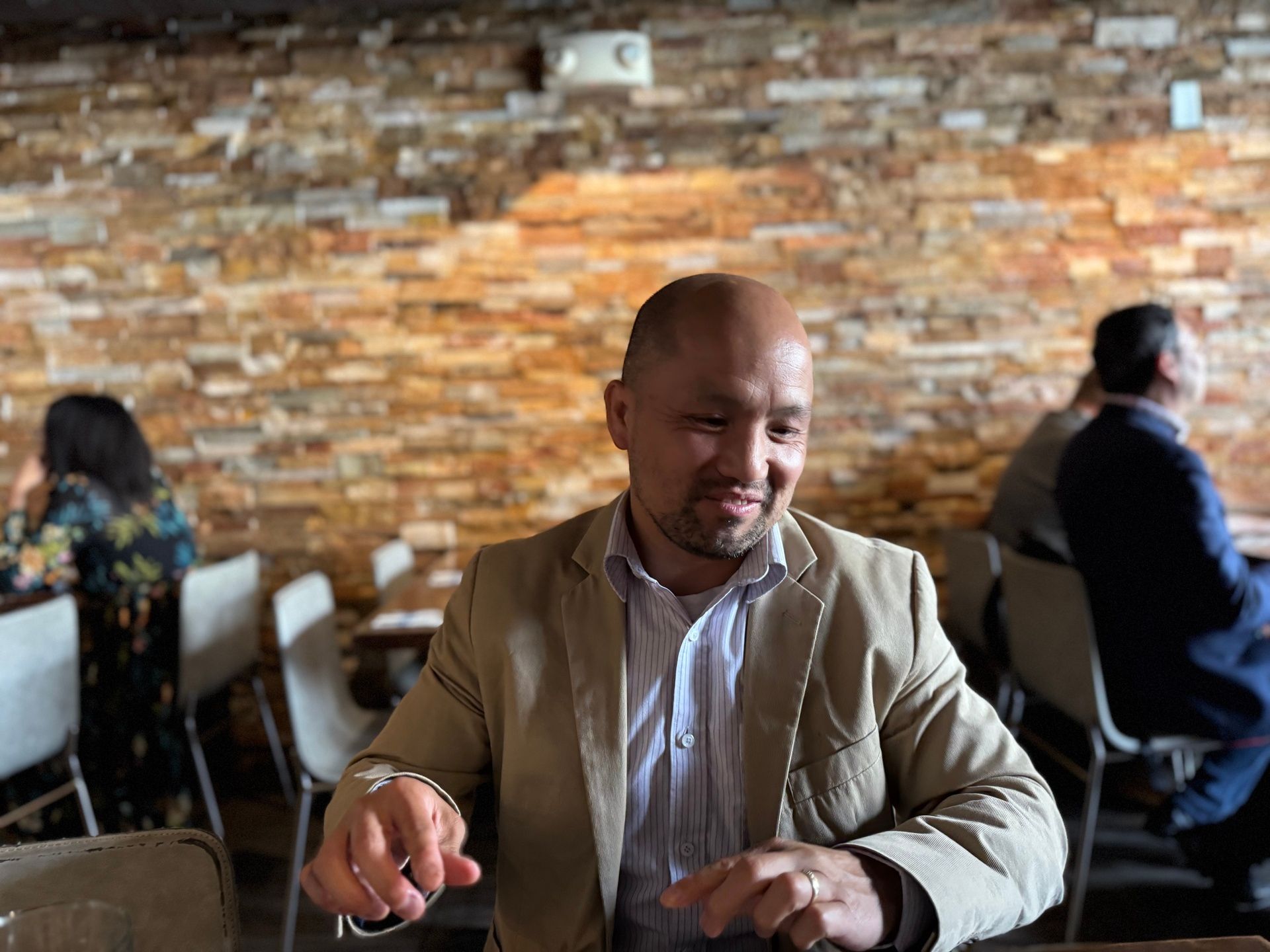A small restaurant near San Francisco City Hall. The lunch rush had passed, and the place was settling into a quiet lull. By the window sat Ken Nim, pushing aside a half-finished salad and wrapping his hands around a cup of coffee. By day, he serves as a city employee, managing local administration and community services. After hours, however, an entirely different stage awaits him. He is the leader of Offchain Global and the co-founder of Create the Future Summit, connecting community leaders, entrepreneurs, and investors across cities worldwide.
“Day and night feed into each other. What I learn locally strengthens my global work, and what I gain globally comes back to the local level.”
I asked him first, “To the outside eye, it looks like you have two completely different jobs. Do you see them as part of one ecosystem?”
Ken nodded with a smile. His work in city administration, he explained, flows directly into his global community building, and lessons from the global stage, in turn, give him new perspectives and opportunities for local governance.
Offchain Global maintains “chapters” across multiple cities, each gathering local talent and resources to execute global projects. The Create the Future Summit amplifies that structure, bringing together experts, policymakers, startups, and investors from around the world to discuss topics like smart cities, AI, Web3, and climate resilience. Ken calls the event “an experiment in putting people, cities, ideas, and markets on the same table.”
“Partnerships have to balance two pillars: on-the-ground local execution and global expansion. One without the other won’t last.”
As our conversation deepened, I brought up a network I’ve been developing—one connecting expats, immigrants, and international professionals in the U.S. “When building something like this, what should I be thinking about in terms of partnerships? And how can Web3 actually help create jobs?”
Ken leaned in. Partnerships, he said, need to be designed with both local implementers and global growth partners in mind. From there, he moved seamlessly into the possibilities of Web3. Programmable contracts could automate and transparently manage project budgets and agreements, removing friction when linking local events to global initiatives.
I added my own thought—stablecoins. Without stability in wires and transfers, it’s impossible to ensure timely payment to overseas talent or partners. Stablecoins offer the security of avoiding exchange rate volatility. Ken agreed and shared an example: sending the equivalent of just $60 in cryptocurrency to a chapter in Argentina, which covered pizza and drinks for a 15-person meetup. “It’s a small amount,” he said, “but enough to activate a community. And those small connections grow into bigger networks.”
We began to overlay the structures of my community concept and Offchain Global. “If a project is designed in the U.S., executed by an overseas chapter, and supported transparently by Web3 infrastructure for funding and rewards—couldn’t that be a new standard for connecting cities?” I asked.
Ken’s answer was immediate. “Absolutely. The value of a global network is only realized at the local level. When each chapter gathers its own talent and resources to deliver global projects, everyone benefits.”
By the time our coffee cups were empty, our exchange had gone far beyond idea swapping. It had become a near-blueprint for a cyclical model: start local, expand globally, and bring the benefits back home. At the heart of it all was Ken’s mission—to connect people, cities, ideas, and markets.

- Ken Nim
Walking out of the restaurant, I was convinced. Offchain Global, the Create the Future Summit, and the cooperative framework we’d imagined weren’t just events or networks—they were a working blueprint for how future cities might operate. BigC.Works will continue to follow this journey, and Ken Nim will remain at its center.

